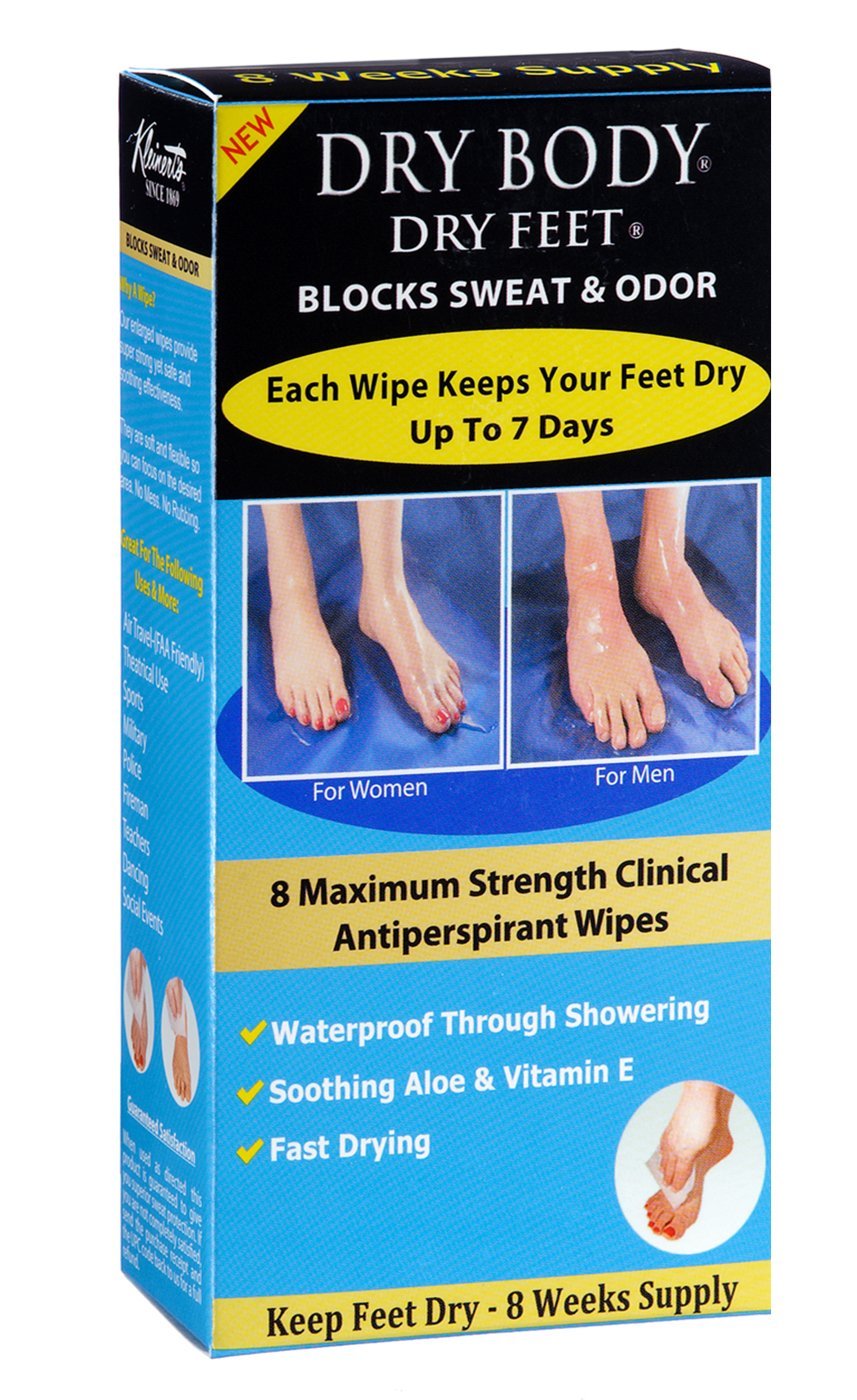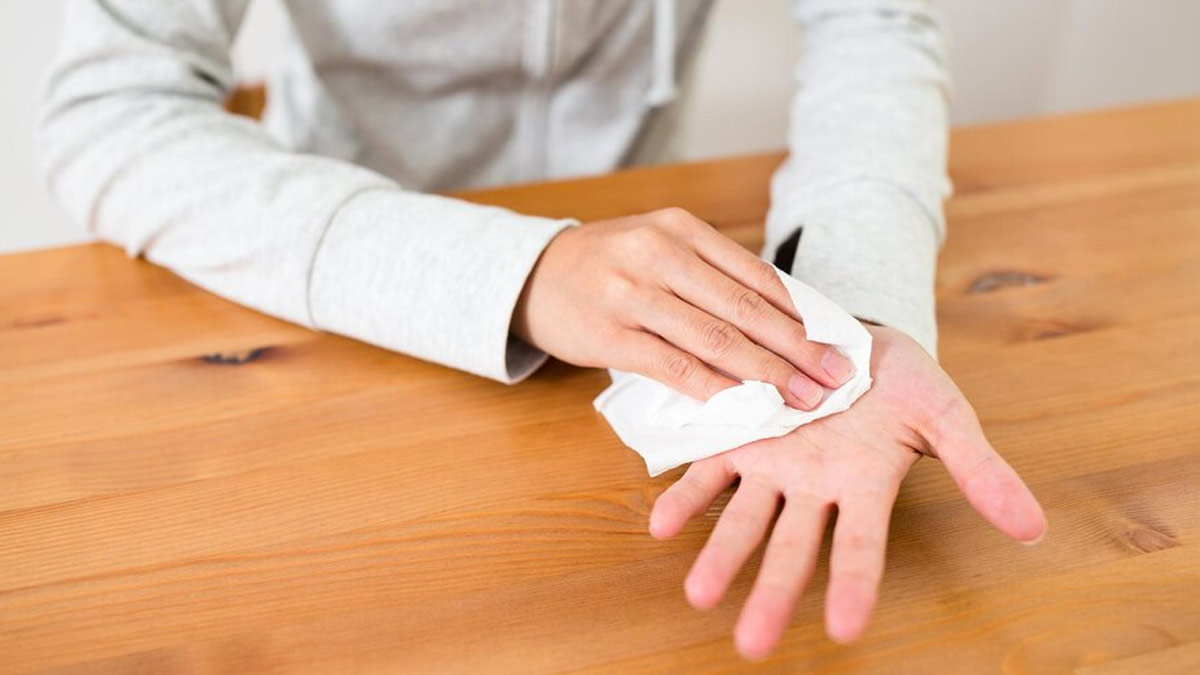Best Dermatology Approaches for Sweaty Hands Treatment: Tips and Techniques
Revealing the Intricacies of Excessive Sweating: A Comprehensive Guide to Diagnosis and Administration
Excessive sweating, clinically called hyperhidrosis, is a problem that influences a significant variety of people and can have a profound influence on their top quality of life. While sweating is an all-natural bodily feature, its overactivity in hyperhidrosis presents a special collection of challenges that usually exceed plain pain. Comprehending the underlying reasons, acknowledging the signs and symptoms, and browsing the diagnostic procedure for hyperhidrosis can be intricate tasks. In this comprehensive guide, we will explore the complexities of hyperhidrosis, from its diagnosis to the range of therapy choices offered, clarifying reliable administration methods for those grappling with this condition.

Recognizing Hyperhidrosis Causes
Hyperhidrosis causes can be connected to various elements such as genetics, hormone discrepancies, and specific medical problems. Genetics play a substantial role in key focal hyperhidrosis, where people inherit the condition from their household members. By identifying the particular aspects contributing to extreme sweating, medical care companies can customize therapy plans to address the underlying cause, offering alleviation and enhancing the high quality of life for individuals influenced by hyperhidrosis.
Recognizing Hyperhidrosis Effects

Furthermore, hyperhidrosis signs may manifest in social and psychological distress, as individuals might feel ashamed or anxious about their sweating, leading to avoidance of social situations (Exessive Sweating). In addition, duplicated episodes of too much sweating can cause skin maceration, fungal infections, and a general decrease in self-worth
Diagnostic Refine for Hyperhidrosis
Starting the diagnostic process for too much sweating involves complete analysis of the person's case history and physical exam. Inquiring about the onset, period, and sets off of sweating episodes is important to separate in between main focal hyperhidrosis and second generalized hyperhidrosis. Case history needs to likewise consist of inquiries regarding drugs, medical problems, and household background of hyperhidrosis.
Throughout the physical assessment, specific focus is paid to the locations impacted by sweating. The health care carrier may evaluate the level of sweating, look for signs of underlying conditions, and evaluate the effect of sweating on the individual's lifestyle. Furthermore, particular tests like the gravimetric examination, starch-iodine test, or skin conductance measurements might be carried out to quantify the amount of sweat generated.
In addition, in situations where second hyperhidrosis is believed, additional examinations such as blood tests, urine tests, and imaging researches may be advised to recognize the underlying source of excessive sweating. The analysis process aims to accurately figure out the kind and reason of hyperhidrosis to guide ideal administration approaches.
Treatment Options for Hyperhidrosis
When resolving extreme sweating, numerous treatment choices are available to relieve signs and symptoms and enhance the person's top quality of life. The treatment method for hyperhidrosis depends on the extent of signs and the patient's feedback to initial therapies.
Topical therapies, such as aluminum-based antiperspirants, are usually recommended as the first line of protection for taking care of moderate cases of hyperhidrosis. For individuals with more severe signs and symptoms, oral medicines like anticholinergics may be suggested to help lower sweating.

Effective Management Techniques
To successfully take care of hyperhidrosis, a individualized and detailed treatment plan customized to the client's particular needs and reaction to previous therapies is vital. This plan might incorporate a mix of healing approaches, consisting of way of life modifications, topical treatments, oral medications, botulinum toxin shots, iontophoresis, and in severe instances, medical treatments like sweat gland elimination or sympathectomy. Way of living adjustments such as using moisture-wicking garments, utilizing antiperspirants, and exercising stress-reducing methods can enhance clinical interventions. Topical antiperspirants including light weight aluminum chloride are typically the first-line therapy, with more powerful solutions available for immune cases. Oral medications like anticholinergics may be suggested for generalised hyperhidrosis. Botulinum toxic substance injections are effective for focal hyperhidrosis, supplying short-term alleviation by blocking the launch of acetylcholine. Iontophoresis, including using a reduced electric present to decrease gland task, can be valuable for both palmoplantar and axillary hyperhidrosis. Surgical options are commonly booked for extreme, refractory instances and call for mindful consideration of threats and benefits. A multidisciplinary method involving skin specialists, medical care physicians, and, if necessary, doctors, can optimize the monitoring of hyperhidrosis.
Final Thought
In final thought, hyperhidrosis is a problem characterized by excessive sweating, which can greatly affect an individual's top quality of life. With proper medical diagnosis and monitoring strategies, people experiencing from hyperhidrosis can locate alleviation and boost their total health.
Too much sweating, medically recognized as hyperhidrosis, is a condition that impacts a substantial number of people and can have an extensive effect on their quality of life. By recognizing the certain elements contributing to excessive sweating, medical care suppliers can customize treatment strategies to deal with the underlying reason, offering alleviation and enhancing the top quality of life for individuals impacted by hyperhidrosis.
Hyperhidrosis, defined by excessive sweating beyond what is necessary for regulating body temperature, can substantially affect a person's top quality of life. Making inquiries about the start, period, and sets off of sweating episodes is critical to differentiate between key focal hyperhidrosis and second generalized hyperhidrosis. Treatment for hyperhydrosis of hands and feet.In final thought, hyperhidrosis is a problem characterized by extreme sweating, which can substantially impact an individual's high quality of Treatment for hyperhydrosis of hands life